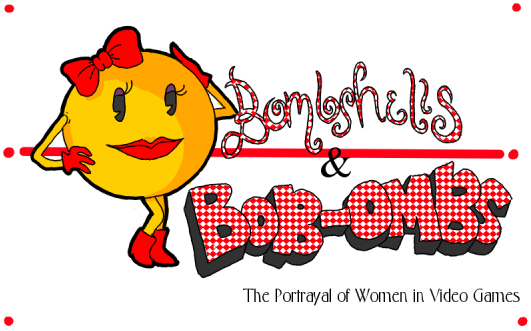I was always a bit of a ‘quiet geek.’ Hardly anyone knew of my video gaming habits, I hesitated before wearing Pokemon shirts to school, and I didn’t own a single piece of Zelda paraphernalia. In fact, my only ‘geeky’ quality was the fact that I was a flute player in the band. Was I ashamed of my geek background? Absolutely not, but for females it’s typically farther from our minds than our male counterparts. This could be why women would only consider gaming a hobby rather than a career trajectory—but we’ll get back to that in a second.
Besides the girls who were getting paid to ‘geek it up’ in their often-revealing costumes and those who were there to keep their boyfriends’ eyes appropriately in their skulls at every peripheral image of cleavage, there was a fairly decent amount of girls there for the same reason I was: they enjoyed the culture. My boyfriend had always told me that men generally perceived girls like us (us being we convention-going, video-gaming, anime-watching, Pokemon cosplaying lasses) to be a myth, or at the very least, as hard to find as a needle in a haystack. To me, however, that wasn’t the case. At that convention, there were many girls who could tell you the difference between a D20 and a D12, and some of them even fit into the realm of conventional attractiveness! And they exist out of conventions too, as I’ve learned from personal experience.
Last semester, I met a girl who was the pinnacle of the perfect lady geek: she was intelligent, well-read, pretty, and had loads of nerdy interests. I met her after muttering something under my breath about Star Wars and hearing her whispered response. This shocked me more than anything else: here, in the midst of a bunch of people who I didn’t want to bother knowing, was someone with whom I could become great friends! Discoveries like these lead me to wonder: where are the real life lady geeks hiding—the women behind the controllers, so to speak?
Wailin Wong apparently wondered the same thing in an article written for the Chicago Tribune entitled: “Women missing from the video game development work force.” According to the article, men are the majority of gamers—but just barely. As of 2010, women make up a whopping 40 percent of all gamers, which is up 2 percent from 2006, according to the Entertainment Software Association. After seeing so many female gamers and geeks alike, I can safely say I have seen this statistic come alive. Why, then, does gender discrimination continue to pervade our video gaming experiences? When a girl plays Xbox 360 Live, she often either gets heckled or hit on. A professor of game design at the University of Southern California reiterated this point: “If you let anyone know you’re a girl, you’re going to get hit on or picked on.” And as for the game development process, few females are employed anywhere in any of the areas that have to do with creating video games.
As Wong’s article explains, women typically consider gaming a hobby rather than a potential career choice. When women do work in the gaming industry, it’s usually in the path of marketing rather than actual design or production of the games themselves. It boggles the mind that there should be so few women behind the video games when there are obviously so many purchasing them. One would think that the female demographic seems like an untapped goldmine to game designers.
They’re obviously not stupid. Video game designers often take the some of the same courses during their university years as computer scientists and engineers. They simply direct their energy elsewhere. Therefore, they’ve definitely noticed the money-making potential from designing games that cater to women. This in itself seems to be a huge problem, for how can the designers know what women want when there are so few in their ranks?
That would explain why I see these horribly sexist games on the shelves of my local Gamestops or Play-and-Trades. While games such as Metal Gear Solid, Gears of War, Halo, and the like are obviously intended for a male audience, what games exist primarily for the ladies? Games geared towards girls (such as the “Imagine” series from Ubisoft) seem to have themes based on pets, cooking, fashion, and scarily enough, childcare. What’s even scarier than that is the fact that these games are not only geared towards females, but female children. Are game designers reinforcing negative social roles in the heads of our youngsters?
As a Secondary English Education major, I can draw similarities between video games and books. As I learned in Adolescent Literature, books written to appeal to a male audience ends up appealing to both genders, while books written for females seem to fail miserably with boys. It’s the same story for video games. Gender neutral games such as the Mario series or Zelda appeal to both genders, despite the main characters being male and the main females being a weak ‘damsel in distress’ figure.
These articles shall follow this topic I’ve set forth, and within them I shall discuss how women are portrayed both in video games and the real world. Hopefully we may draw a bridge across that will help us further understand gender bias and combat it with the Master Sword of equality.
 |
| Links--Get it? Ba-Dum-Tish. |

Yeah, I can agree with this. If a woman wanted to change this she would have to be involved with development. Otherwise, it is just guys making something they woen "love" to do. One day, I am sure everything will change, but not yesterday, that is for sure.
ReplyDelete